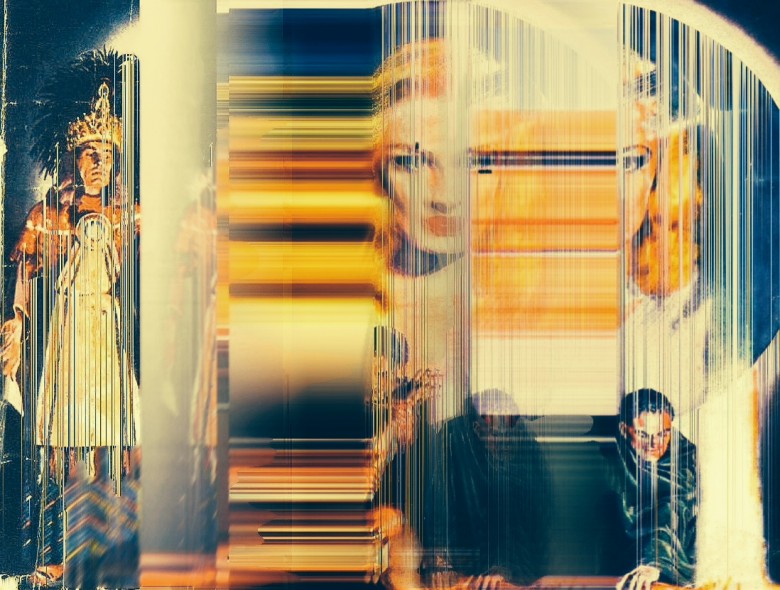Glitch art is the aestheticization of digital or analog errors, such as artifacts and other “bugs”, by either corrupting digital data or by physically manipulating electronic devices (for example by circuit bending).
In recent years it has found a central place in contemporary media art, particularly via the Internet where emergent low-resolution glitch forms and other so-called “accidents” of artifacts are often native to the medium.

One of the key artists who have pioneered the art and theory of glitch aesthetics is Rosa Menkman. We will look at one of her famous works, The Collapse of PAL.
The Collapse of PAL is a transmission art project that explores the performativity of television in light of the challenges brought about by a converging mediascape. Menkman’s performance dealt with obsolescence, death of media, and what is most interesting, media archaeology of signals and signal formats.
Instead of the focus on devices, even if at times lost and outside mainstream, we are seeing new perspectives that take in their focus components, processes and such “minor elements” of media history.

“I could only understand it as irrational and void of meaning, and so I walked away from it, confused and titillated”- Rosa Menkman.
